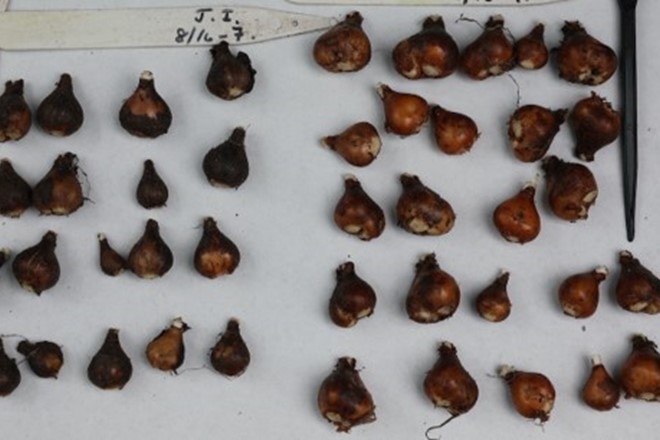Plant Heritage peat statement
Plant Heritage fully recognizes the value of peat habitats for biodiversity, carbon storage and water management and the need for their conservation. We support the transition to peat free growing media and the proposed dates set out in the government consultation of 2024 for retail and a later date for professional use.
However, we wish to see the industry prepared with suitable alternatives, at the required volumes, to not risk the integrity of the National Plant Collections®. We also encourage the growing media industry to work with the specialist knowledge of collection holders in developing suitable alternatives. We will continue to provide training and support for National Collection Holders and members to help make the transition as soon as possible.
We represent a diverse range of National Plant Collections and in recognition of the specialist work done in conservation by Collection Holders, believe there is a very limited exemption that should apply for peat obligate plants grown for conservation and research, until proven alternatives are available. A small number of plant groups are adapted specifically to peat bog habitats. Though research is ongoing, peat free alternatives are currently limited in their suitability for these plants and rare taxa could be at risk of being lost. Where plants are under threat in their native habitat, ex situ conservation may be critical for the survival of these threatened taxa.
Read on for some case studies of Collection Holders making the transition to peat-free growing, and for links to advice and resources.
Robbie Blackhall-Miles, Banksia
Robbie grows a lot of peat-loving plants. As well as his Collection of Banksia, he also has Protea, Shortia and Vaccinium. Peat's texture, water holding capacity and long lasting nature, was seen as creating just the right environment for these plants.
However, after trialling alternatives, he discovered they are just as happy in a mixture of well-rotted leaf mould and fine milled bark, with a helping of ground granite rock dust and occasional feeds of seaweed extract. The blueberry crop is now better than ever and some of his plants have been putting on three times more growth with this new potting mixture.

Banksia ericifolia
© Ben Ram
Margaret & David MacLennan, Galanthus

Galanthus results: John Innes on the left, peat-free on the right
© M & D Maclennan
Margaret and David have been conducting a trial comparing the performance of peat free growing media with their usual John Innes mix. With more than 1800 named varieties and species of snowdrops, everything is grown in lattice (aquatic) baskets plunged in sand, meaning a considerable requirement for good quality growing medium.
Baskets were planted with the same number of identical bulbs, using either the normal John Innes mixture, or the peat-free alternative made with bracken and sheep's wool.
Four years on, the results have been impressively in favour of the peat-free mix. Healthy snowdrops will increase naturally each season. However the number of bulbs in the peat-free pots was almost without exception greater than those of the John Innes pots. Also the bulbs were cleaner, healthier looking and generally more plump.
The Collection as a whole has now been replanted in peat free. However research continues to establish the best growing medium for the rarer and more difficult Galanthus species
Peat free growing advice
Garden Organic: For Peats sake online course (self-guided, 30 mins) is free for anyone to access.
There is also information on making your own potting mixes and the For Peats Sake campaign website is also a useful free resource & includes information on alternatives.
RHS: The RHS peat-free hub contains guidance for gardeners and professional growers on going peat-free
he RHS website includes guidance on peat-free growing media.
National Trust: For many years the National Trust's Plant Conservation Centre has been growing and propagating a wide range of plants in peat free mixes, including things like Camellia and Rhododendron. Nursery Manager Chris Trimmer shares some tips here.
Fargro: Have a couple of case studies for professional growers looking to switch to alternatives.

